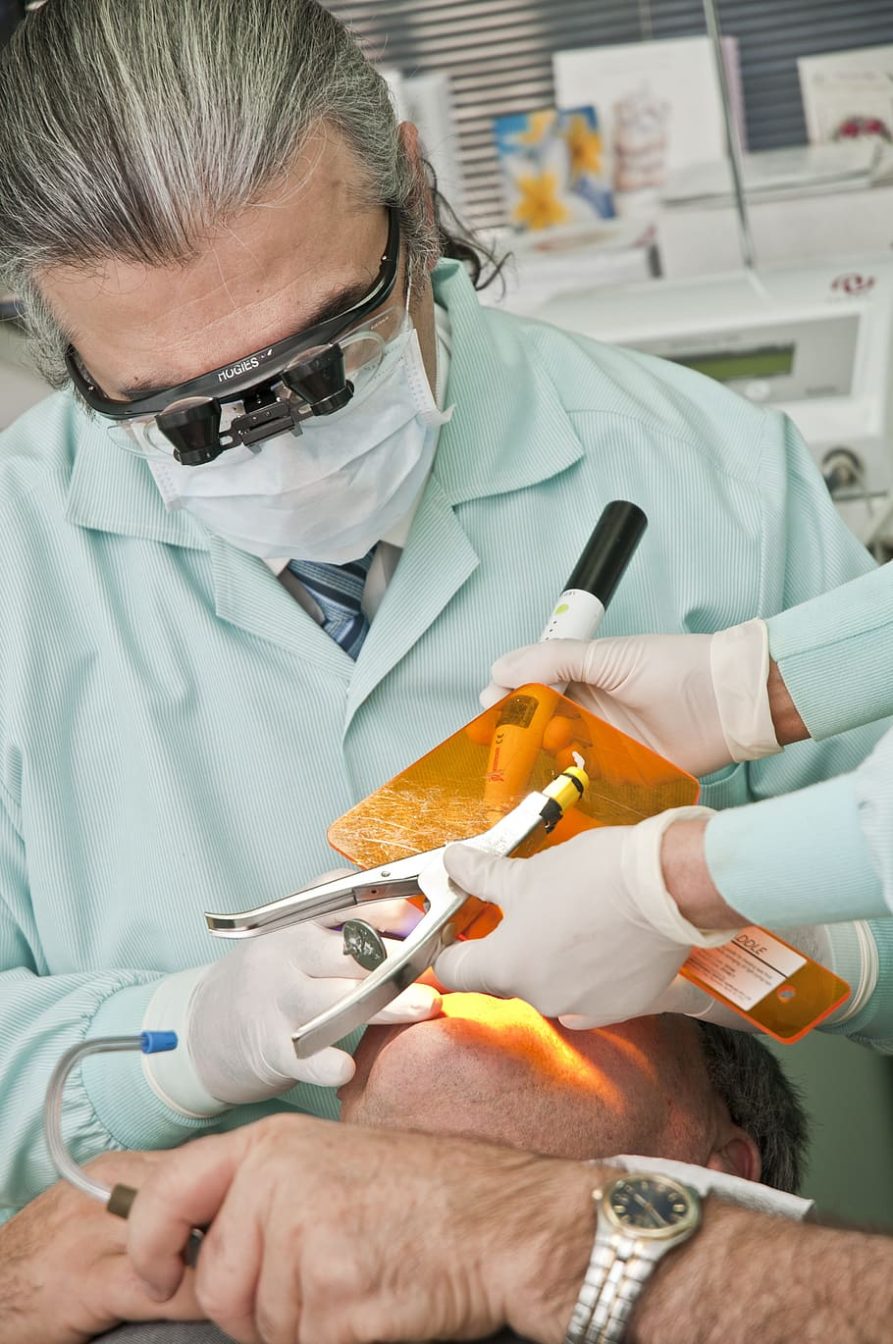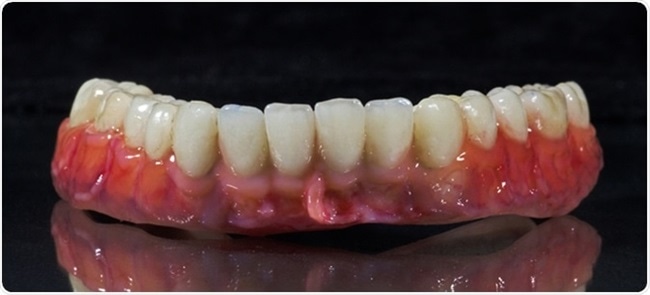Anterior Dental Bridge
Anterior Dental Bridge

Introduction;
Dental bridges are an appropriate restorative dentistry procedure for many patients, but they are not the only option. It is prudent to consider the procedure’s advantages and disadvantages when determining the appropriate use of dental bridges for each unique situation.
Related posts: Best dental schools in the world
A dental bridge is made up of two crowns that are attached to abutment teeth or implants on either side of a gap in the mouth, as well as a pontic that connects the two crowns and fills the gap. The bridge could be made of a variety of materials, including gold, silver, porcelain, and porcelain-fused metals.
Benefits of Dental Bridges
Dental bridges have several beneficial effects, which account for their widespread use in restorative dentistry.
To begin with, dental bridges are an effective solution for replacing missing teeth in the mouth, providing both functional and cosmetic correction.
In terms of function, the bridge allows the patient to chew and eat normally because there is no longer a gap in the jaw, and the bridge can help with food mastication. It can also help people speak more freely by filling gaps in their teeth, which can change the placement of the tongue and the way sounds are made in the mouth.
A dental bridge can compensate for the loss of original teeth aesthetically, especially if the bridge is closely matched in colour to the surrounding teeth. This can help patients who are self-conscious about their appearance due to missing teeth improve their self-esteem and confidence.
Dental bridges can also help the long-term structure of the mouth. A gap in the jaw, in normal circumstances, causes the teeth to gradually shift position and spread out, which can cause bite problems. When a bridge is used to replace missing teeth, the teeth on either side are held firmly in place to reduce the risk of movement and subsequent bite problems. Furthermore, the bridge can help to reduce the risk of bone loss from the jaw, preserving the facial structure.
Many patients also prefer dental bridges because of how they feel in the mouth and how simple they are to maintain. A patient is usually required to become accustomed to the feel of the dental bridge before it becomes hardly noticeable because it becomes a part of the mouth structure. Bridges, unlike dentures, do not need to be removed on a regular basis for cleaning and can be cleaned with a toothbrush just like natural teeth.
Related posts: Causes of tooth infection
Dental Bridges’ Drawbacks
However, there are several disadvantages to using dental bridges in restorative dentistry.
First, the healthy abutment teeth on either side of the gap that hold the pontic in place may become damaged after the bridge is fitted in some cases. For example, decay can occur if the bridge and crowns are not properly fitted, allowing plaque and bacteria to enter beneath them. Furthermore, the structure of the teeth may change after the crowns and bridge are placed.

Some patients’ supporting abutment teeth are too weak to support the bridge, causing it to collapse. This creates new issues that must be addressed and may even worsen the original situation. In severe cases, dental implants may be required to replace the abutment teeth.
Considering the Benefits and Drawbacks
The best type of restorative dental treatment will depend on the individual case, and the benefits and drawbacks should be considered in the decision-making process. It is mandatory for the dentist to present the various options to patients, along with the risks and benefits of each option, so that they can make the best decision together.
An anterior fixed bridge is what it sounds like.
The pontic tooth is sandwiched between two crowns that anchor onto your adjacent healthy teeth, firmly holding the appliance in place. To place a fixed bridge, your adjacent teeth must first be prepared in the same way that crowns are.
Can a dental bridge be installed on the front teeth?
Because the front teeth are not subjected to as much pressure as the back teeth, patients may have a few options for replacing a tooth in this area. Front tooth dental bridges that are commonly used include: Traditional bridges: The most common type of bridge is a conventional dental bridge.
How long do dental bridges on front teeth last?
They are, however, a long-term solution to missing teeth. Fixed bridges typically last 10-30 years, depending on the condition and health of the teeth and rest of the mouth, as well as the quality of the patient’s oral hygiene and long-term maintenance.
What is the best front tooth bridge?
Maryland bridges, also known as resin-bonded bridges, are frequently recommended for replacing front teeth. These bridges bind a pontic tooth to the backs of adjacent natural teeth with metal or porcelain bands.